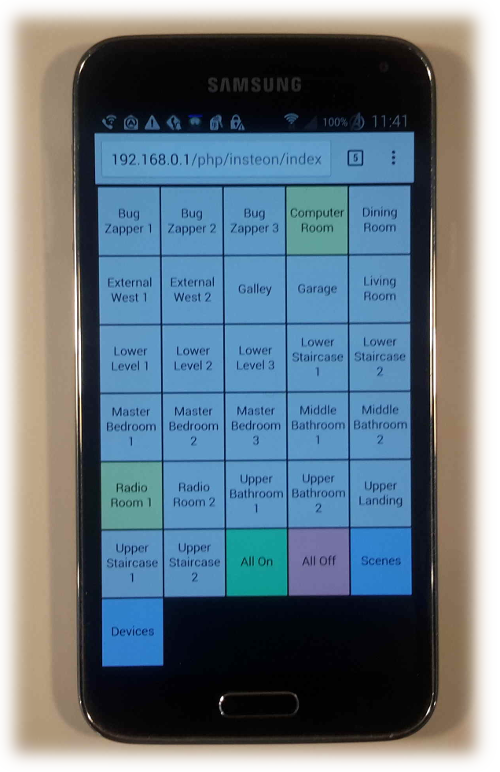Free Guide: Remotely Access Your Raspberry Pi for Remote IoT Projects is a comprehensive resource designed to help users harness the full potential of their Raspberry Pi devices. Whether you're a hobbyist or a professional, this guide offers practical advice and step-by-step instructions on setting up remote access for your projects.
This guide not only focuses on the technical aspects but also emphasizes security and efficiency, ensuring that your Raspberry Pi can be accessed safely from anywhere in the world. With the increasing importance of IoT in modern technology, understanding how to remotely manage your devices is crucial. Let's dive into the details of how you can achieve this seamlessly.
Secure Shell (SSH): The Key to Remote Raspberry Pi Access
Secure Shell, commonly known as SSH, is one of the most popular methods for remotely accessing a Raspberry Pi from outside the local network. This protocol provides a secure channel over an unsecured network, allowing users to execute commands and transfer files between computers. By using SSH, you can easily manage your Raspberry Pi without being physically present.
To set up SSH for your Raspberry Pi, ensure that the SSH service is enabled on the device. You can do this by navigating to the Raspberry Pi Configuration tool or by manually editing the configuration files. Once enabled, use an SSH client on your computer to connect to the Raspberry Pi's IP address. This method eliminates the need for complex setups and ensures secure communication.
While SSH is powerful, it requires some technical knowledge to configure correctly. For beginners, there are numerous tutorials available online that walk you through the process step-by-step, making it easier to grasp the concept and implement it effectively.
Exploring Internet-Based Control for Raspberry Pi Devices
Controlling a Raspberry Pi remotely using the internet opens up endless possibilities for IoT projects. Imagine being able to monitor and manage your home automation systems, weather stations, or even digital picture frames from anywhere in the world. Achieving this level of control involves setting up a reliable connection between your device and the internet.
One effective way to accomplish this is by utilizing third-party IoT remote services. These platforms offer user-friendly interfaces and often come with free plans for non-commercial use. They enable you to establish a secure connection without the hassle of configuring port forwarding or dealing with complex networking issues.
For example, services like SocketXP provide enterprise-grade solutions for managing IoT devices remotely. By integrating such tools, you can enhance the functionality of your Raspberry Pi projects while maintaining high levels of security and reliability.
Unlocking Remote Access for Digital Picture Frames and Beyond
Accessing a remote Raspberry Pi, such as a digital picture frame, can be challenging if it’s not on the same network. However, with the right tools and techniques, this task becomes manageable. One common scenario is needing to update the Wi-Fi settings or add new features to a remote photo frame without being physically present.
Remote-IoT offers a straightforward solution by providing free packages for non-commercial devices. These packages allow you to log into your Raspberry Pi securely and perform necessary updates or modifications. Additionally, they eliminate the need for advanced networking skills, making it accessible for users of all levels.
By leveraging these tools, you can maintain control over your digital picture frames and other IoT devices, ensuring they remain functional and up-to-date regardless of your location. This capability is particularly beneficial for those managing multiple devices across different locations.
Harnessing the Potential of Raspberry Pi with Remote Access Methods
The Raspberry Pi has become a cornerstone in the world of IoT due to its versatility and affordability. To fully utilize its potential, understanding various remote access methods is essential. Three prominent methods include SSH, VNC (Virtual Network Computing), and Raspberry Pi Connect.
SSH, as previously discussed, offers command-line access and is ideal for executing scripts or managing configurations. VNC, on the other hand, provides a graphical interface, allowing users to interact with the Raspberry Pi as if they were sitting in front of it. Lastly, Raspberry Pi Connect simplifies the process by offering a browser-based interface for easy access.
Each method has its own advantages and is suited for different types of projects. By familiarizing yourself with these options, you can choose the best approach based on your specific needs and requirements.
Securing Remote Connections Without Compromising Accessibility
Establishing a secure connection to your Raspberry Pi or IoT device from anywhere is crucial, especially in today's interconnected world. Traditional methods often involve port forwarding, which can expose your network to potential threats. Fortunately, there are alternative solutions that enhance security without sacrificing accessibility.
SocketXP, for instance, provides a secure platform for remote access and management. It uses advanced encryption techniques to protect data transmissions and ensures that only authorized users can access the devices. This makes it an excellent choice for both personal and professional applications.
In addition to security, these platforms often include features like session logging and activity monitoring, which further enhance the safety and reliability of your IoT projects. By adopting such technologies, you can confidently manage your Raspberry Pi devices from anywhere, knowing that they are well-protected against unauthorized access.

